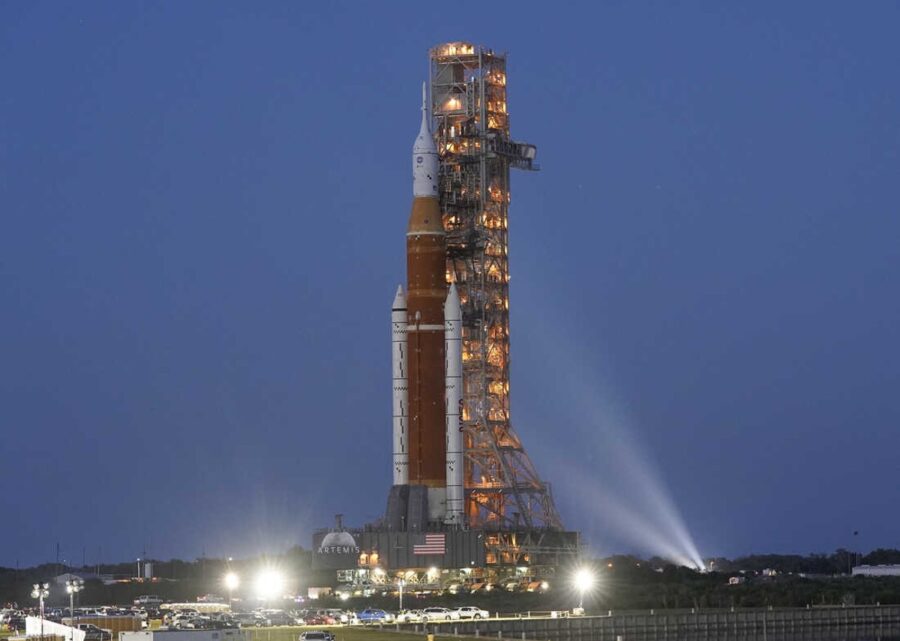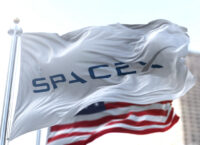NASA announced that in the coming days it will not make a new attempt to launch the Space Launch System (SLS) rocket, which as part of the Artemis 1 mission was supposed to deliver the Orion capsule to the Moon without a crew. Thus, the agency will miss possible launch windows of September 5-6. It will likely take several weeks for NASA to fix the technical glitches.
SLS was scheduled to launch from the Kennedy Space Center in Florida on August 29, but the launch was delayed due to a problem with the air conditioning of one of the RS-25 engines (Engine 3) in the lower part of the main stage. It was fixed, but subsequent attempts to refuel the rocket revealed a new flaw that caused liquid hydrogen to leak.
NASA engineers are now working to fix a problem with the part of the fuel system that helps send liquid hydrogen fuel into the rocket, and can quickly detach from the rocket after refueling. There’s a seal around the quick-disconnect connector that’s supposed to prevent liquid hydrogen from leaking out, but it’s not up to the task, and NASA is now considering replacing it entirely.
The timing of the launch remains uncertain as the space agency tries to determine whether such a replacement should be performed and any other malfunctions fixed at the launch pad, or if SLS needs to be transported back to the Vehicle Assembly Building (VAB). The first option will allow testing corrections at cryogenic temperatures (from -120 degrees Celsius and below), but for this, it will be necessary to build a cover around the rocket to protect it from the effects of the environment. In the second option, the VAB building is such a cover but does not allow testing the system at cryogenic temperatures.
Speaking shortly after the second launch attempt on Saturday, NASA administrator Bill Nelson said that if the SLS returns to the VAB for repairs, the next launch attempt will likely take place in mid-to-late October, after the crew’s scheduled mission to the International Space Station.
But there is another difficulty. When the SLS rolled onto the pad on Aug. 16, NASA had 20 days to launch the rocket before it had to be turned back to test the batteries in the rocket’s flight termination system. This system allows the Space Force to destroy the rocket if something goes wrong during launch and flight. NASA received permission to extend this deadline to 25 days, but that time is almost up. Unless the agency receives another extension permit, the rocket will still have to be returned to VAB.
Let’s hope that NASA will be able to fix all the problems before the new launch window, which will be open from September 19 to October 4, the next opportunity will open from October 17 to 31.



Loading comments …